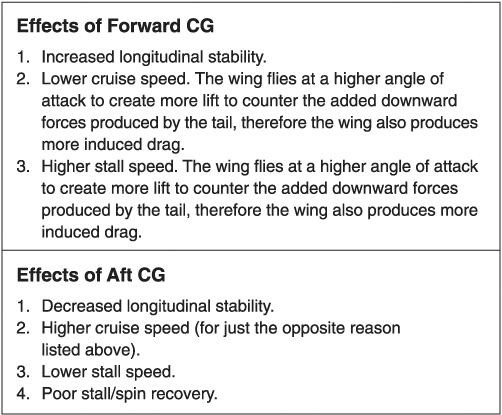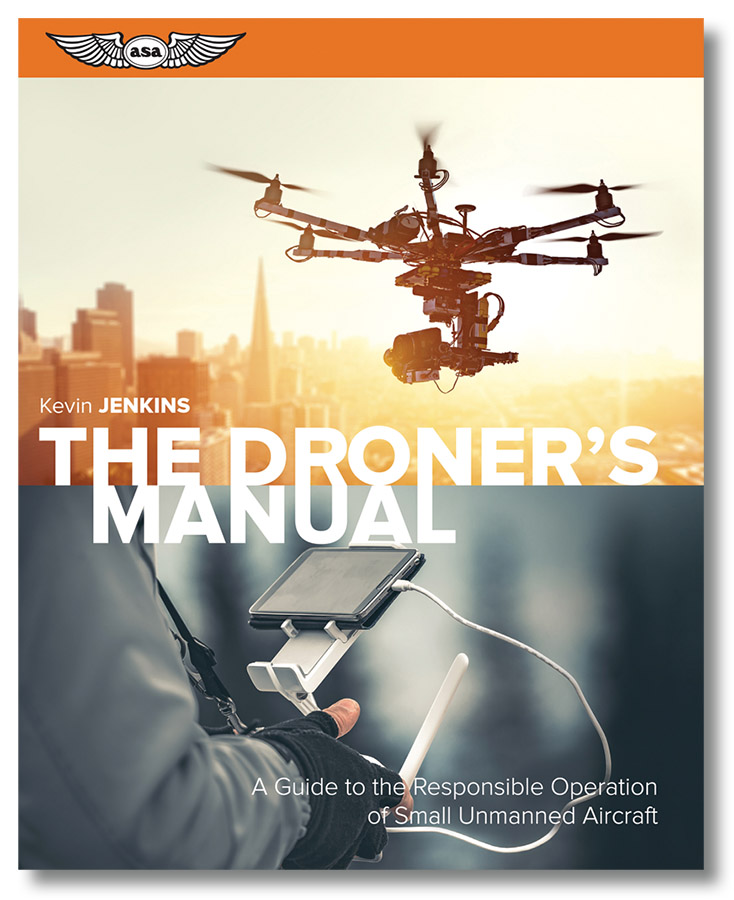Looking for the newest information on aircraft center of gravity (CG)? Check out the “Weight and Balance” section of ASA’s Private Pilot Oral Exam Guide. Or, the FAA’s Aircraft Weight and Balance Handbook, for their most recent take.
Happy New Year! After a great holiday it’s time to get back in the grind and what better way to start 2015 off then with a discussion on stability! So just what is stability? In the sense we are discussing, stability is the inherent ability of an airplane to return, or not return, to its original flight condition after being disturbed by an outside force. Obviously it’s important for an aircraft to possess a degree of stability and each aircraft will differ in some manner at the level of stability it possesses. A Cessna 172 for example is designed with a much higher level of stability then per se an F-16.
We as pilots actually have the ability to manipulate the level of stability that the aircraft displays particularly the longitudinal stability. This is done by changing the center of gravity with respect to the center of lift. To keep it simple, loading the aircraft with a forward CG within limits will increase the aircrafts stability as opposed to loading an aircraft with a more aft (rearward) CG within limits of course will decrease stability. Now, there are benefits and drawbacks to both. A forward CG with the increase in stability will make it easier to recover from a stall, however moving the CG forward will also increase drag and with drag comes a reduction in cruise speeds and fuel efficiency. When you start loading an aircraft with a more aft CG you start to lose some of that stability and it may become more difficult to recover from a stall, but this will also decrease drag resulting in higher cruise speeds and better fuel efficiency. With the types of training aircraft you are most likely flying these differences will be minimal as long as the CG stays within the designed limits set by the manufacturer.
So is it better to have a forward CG or aft CG? Well there is really no set answer to that question; it’s up to you as the pilot-in-command to base your answer off the type of operations you will be conducting for that flight. Although what’s important is understanding the differences of how each will affect the aircraft. The FAA Private Pilot Knowledge Test will have questions relating to this topic for example:
Loading an airplane to the most aft CG will cause the airplane to be
A—less stable at all speeds.
B—less stable at slow speeds, but more stable at high speeds.
C—less stable at high speeds, but more stable at low speeds.
Loading in a tail-heavy condition can reduce the airplane’s ability to recover from stalls and spins. Tail-heavy loading also produces very light stick forces at all speeds, making it easy for the pilot to inadvertently overstress the airplane. The correct answer is A.
Under what operating conditions might it be be most beneficial to have the aircraft loaded with a forward CG? Feel free to share your thoughts in the comments section. Remember always keep that CG within the design limits!






